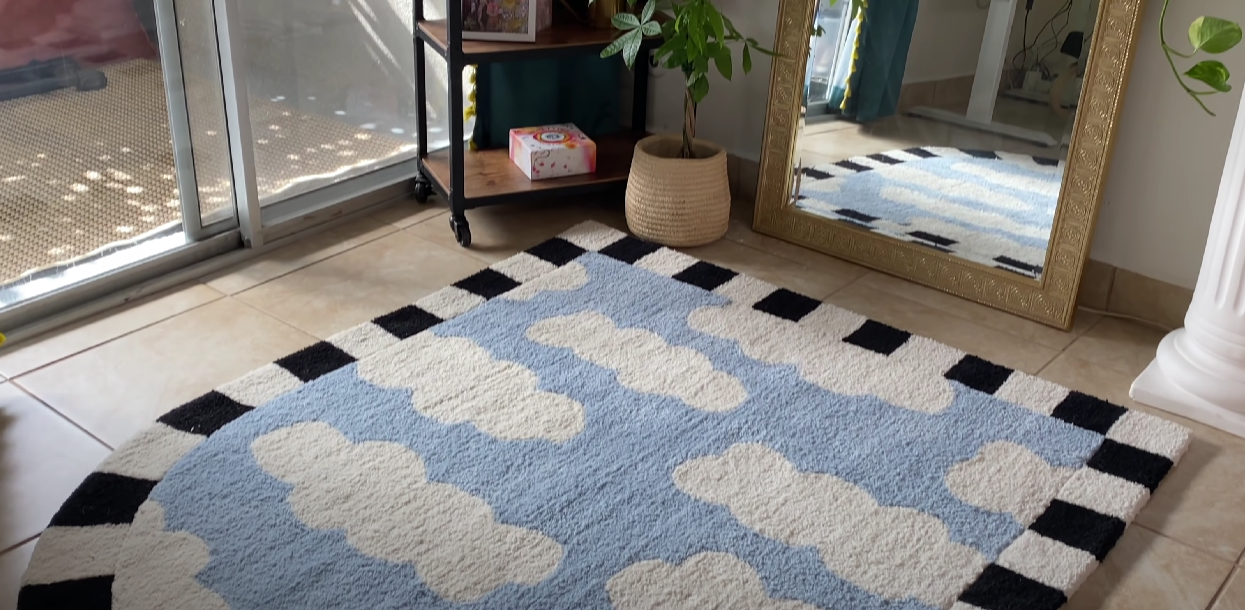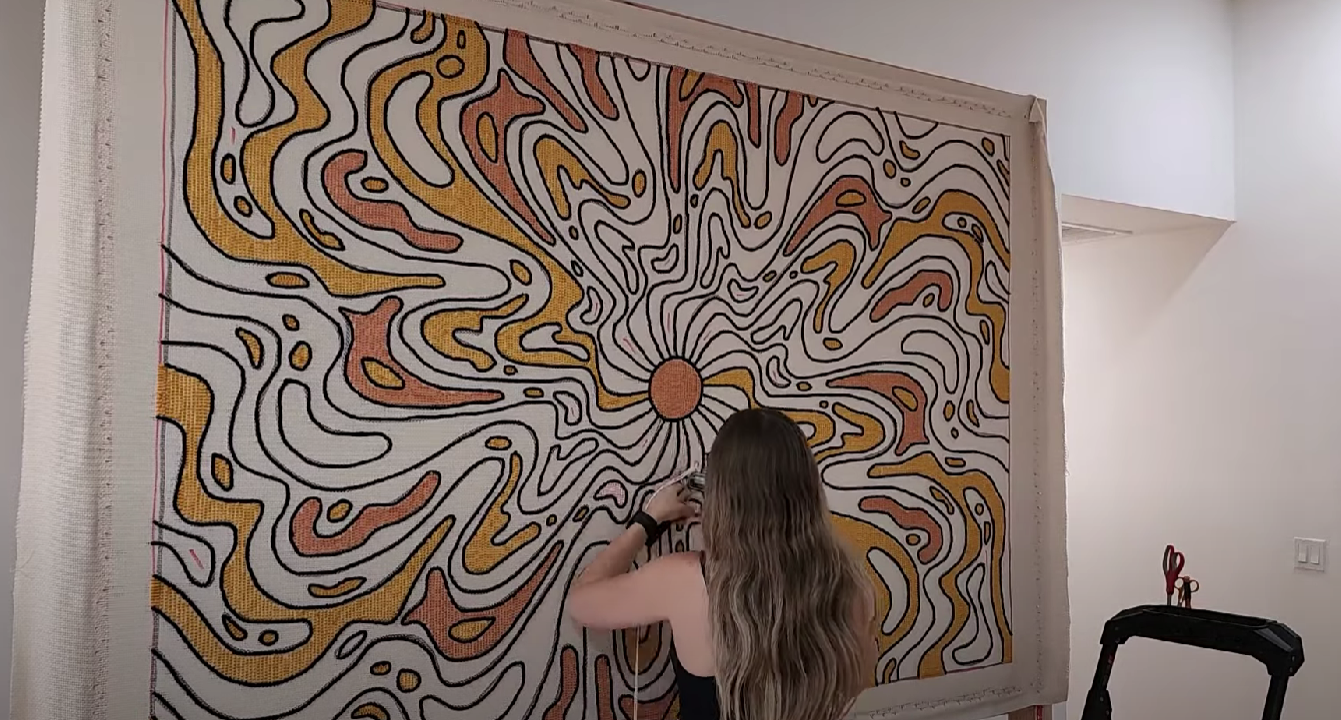Rugs have long been cherished for their ability to add warmth, comfort, and style to our living spaces. If you’re considering adding a touch of luxury to your home or office, understanding the costs involved will help you make informed decisions that align with your budget and aesthetic preferences.
In this article, we’ll embark on a journey to explore the financial considerations of making a rug, delving into the unique factors that influence the overall cost of this home staple.
How Much Does It Cost to Make a Rug?
The cost of making a rug can vary significantly depending on various factors.
Machine-made rugs can range from $50 to $1,000, while hand-knotted rugs can start from $500 and go up to several thousand dollars or more, depending on size, materials, intricacy, and craftsmanship. Custom designs and additional services may incur extra costs.
What Are the Different Factors Affecting the Cost of Making a Rug?
Below are the key elements that affect the cost of rug production, including material quality, size, design intricacy, production techniques, and customization options.

Material Quality
The choice of materials significantly impacts the cost of making a rug. Natural fibers like wool [1], silk, and cotton are often more expensive than synthetic alternatives.
Wool is a popular choice due to its durability, softness, and natural insulation properties. Silk, on the other hand, adds a luxurious touch but comes at a higher price point.
The quality and origin of the materials can also affect the cost, with premium and hand-selected fibers commanding higher prices.
Size
The size of a rug plays a crucial role in determining its cost. Larger rugs require more materials and time to produce, resulting in higher prices. Additionally, oversized rugs may need specialized equipment and more labor-intensive processes, further increasing the overall cost.
Smaller rugs, on the other hand, tend to be more affordable and can be a suitable option for those with a limited budget.

Design Intricacy
The complexity and intricacy of the rug’s design contribute to its cost. Rugs with intricate patterns, detailed motifs, and elaborate borders require more time and skill to create.
Highly skilled artisans may be needed to meticulously hand-knot or weave intricate designs, driving up the cost. Simple designs or basic patterns, on the other hand, are usually more budget-friendly.
Production Techniques
The production technique employed also affects the cost of making a rug. Handmade rugs, such as hand-knotted or hand-woven, involve meticulous craftsmanship and can be more expensive.
Each knot or weave is done by hand, requiring skilled artisans and a significant amount of time. Machine-made rugs, on the other hand, are typically more affordable due to the automated production process.
However, they may lack the same level of craftsmanship and uniqueness as handmade rugs.

Customization Options
Customization adds a personal touch to a rug but can also impact its cost. Custom designs, colors, and sizes often require additional time and effort from the rug maker.
The involvement of designers or artists in creating unique patterns or incorporating specific elements can increase the overall price. Additionally, special requests for specific materials, dyeing techniques, or finishes may also contribute to the cost of customization.
Conclusion
The cost of making a rug is influenced by factors such as material quality, size, design intricacy, production techniques, and customization options. Handmade rugs tend to be more expensive due to the labor-intensive process involved, while machine-made rugs offer a more affordable option.
Understanding these factors helps in determining the budget and finding a rug that aligns with both aesthetic preferences and financial considerations.

